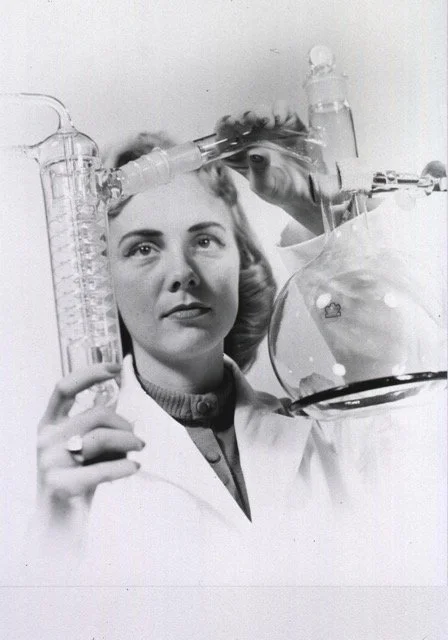Missing Half the Data: How Overlooking Women's Hormones Skews Stress Research
The Biology of Stress
The body’s stress response is controlled by the hypothalamic-pituitary-adrenal (HPA) axis, a hormone-driven system that produces cortisol to help you respond to challenges. In the short term, cortisol boosts energy and focus. But when stress is chronic, this system stays activated too long, harming both physical and mental health.
For example, the same HPA axis response that helps you flee danger, like escaping a bear in the woods, also activates when facing everyday stressors like a final exam or a job interview. While adaptive in moderation, this system becomes harmful when it is activated continuously.
Though everyone has an HPA axis, it operates differently depending on sex. Estrogen and progesterone can either amplify or dampen stress responses depending on the phase of the menstrual cycle [1]. These shifts may help explain why women are more likely to experience conditions like anxiety, depression, and PTSD [2,3,9].
Sex Differences at the Molecular Level
Stress doesn’t just affect behavior; it changes the brain. Studies show that men and women with major depressive disorder exhibit distinct gene expression patterns in brain regions involved in emotion and stress regulation [4]. Some stress-related genes even respond in opposite directions across sexes [5]. Mouse models reinforce this: chronic stress affects brain circuits and behavior in sex-dependent ways, reflecting different underlying biology [6].
Despite these findings, researchers continue to default to male-centered models or fail to break down results by sex [7]. This narrows our understanding of stress-related disorders and delays the development of treatments that work for everyone.
Why Sex-Inclusive Research Matters
Without directly studying female biology, science misses critical insights into disorders that disproportionately affect women, including depression, chronic pain, autoimmune conditions, and anxiety. These conditions are deeply influenced by hormonal fluctuations across puberty, pregnancy, and menopause [9].
Closing this gap is not just about equity; it is about accuracy. Studying both sexes leads to more precise diagnoses, more effective treatments, and better medical care across the board. In short, sex-inclusive research helps science serve the whole population, not just half of it.
References
Bangasser, D.A., & Valentino, R.J. (2014). Sex differences in stress-related psychiatric disorders: neurobiological perspectives. Front Neuroendocrinol, 35(3), 303–319. https://doi.org/10.1016/j.yfrne.2014.03.008
Altemus, M. (2006). Sex differences in depression and anxiety disorders: potential biological determinants. Horm Behav, 50(4), 534–538. https://doi.org/10.1016/j.yhbeh.2006.06.030
Gillies, G.E., & McArthur, S. (2010). Estrogen actions in the brain and the basis for differential action in men and women: a case for sex-specific medicines. Pharmacol Rev, 62(2), 155–198. https://doi.org/10.1124/pr.109.002071
Labonté, B., et al. (2018). Sex-specific transcriptional signatures in human depression. Nat Med, 23(9), 1102–1111. https://doi.org/10.1038/nm.4386
Paden, W., et al. (2020). Sex differences in adult mood and in stress-induced transcriptional coherence across mesocorticolimbic circuitry. Transl Psychiatry, 10, 59. https://doi.org/10.1038/s41398-020-0742-9
Scarpa, J.R., et al. (2020). Shared transcriptional signatures in major depressive disorder and mouse chronic stress models. Biol Psychiatry, 88(2), 159–168. https://doi.org/10.1016/j.biopsych.2019.12.029
Beery, A.K., & Zucker, I. (2011). Sex bias in neuroscience and biomedical research. Neurosci Biobehav Rev, 35(3), 565–572. https://doi.org/10.1016/j.neubiorev.2010.07.002
Becker, J.B., Prendergast, B.J., & Liang, J.W. (2016). Female rats are not more variable than male rats: a meta-analysis of neuroscience studies. Biol Sex Differ, 7, 34. https://doi.org/10.1186/s13293-016-0087-5
Hodes, G.E., & Epperson, C.N. (2019). Sex differences in vulnerability and resilience to stress across the life span. Biol Psychiatry, 86(6), 421–432. https://doi.org/10.1016/j.biopsych.2019.02.019
Photos by Clementine Blaschke using BioRender & Adobe Photoshop, and the Library of Medicine on Unsplash
Edited by Emma Hays


